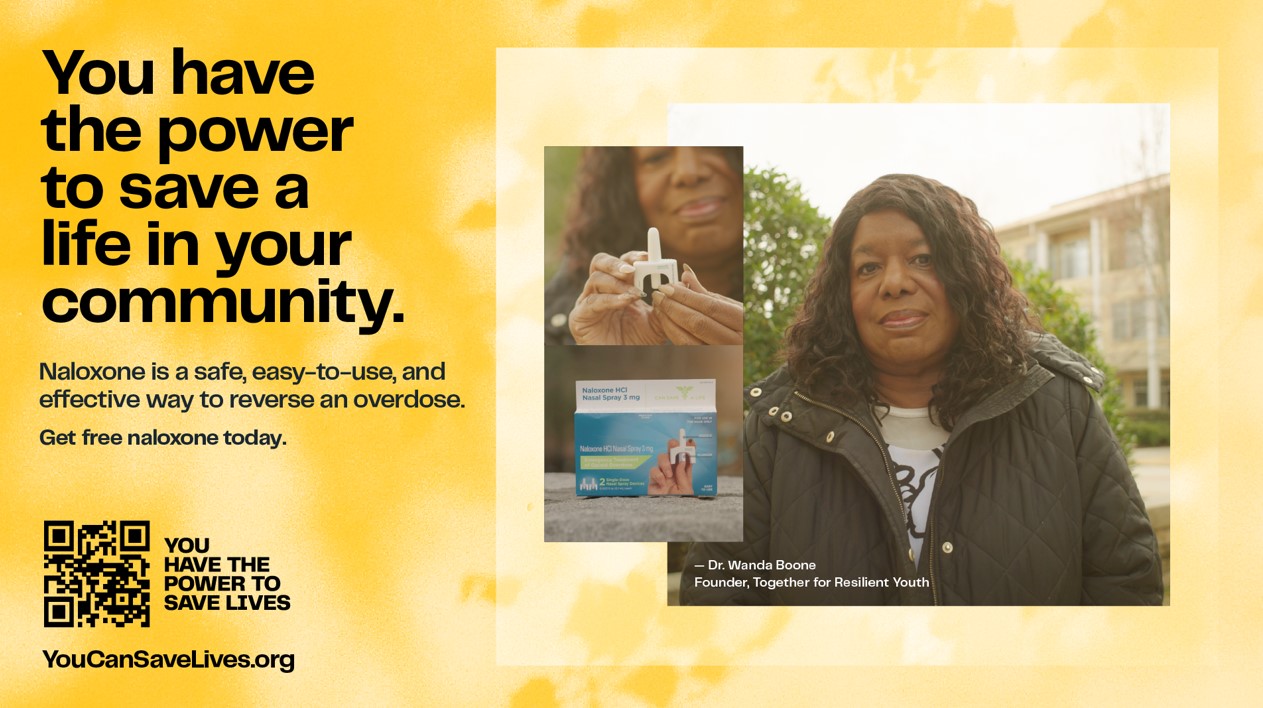
Over the past two decades, the overdose crisis across the United States has often been framed as affecting predominantly white populations. However, the reality is that Black communities are in the grip of an urgent and disproportionately severe crisis, yet have received inadequate resources and attention for overdose prevention.
This oversight resulted in delayed recognition and response to rising overdose rates among Black residents, and a persistent misperception that overdose-related initiatives are not relevant in Black communities. Structural racism, manifesting through policies and practices that systematically disadvantage populations of color, exacerbates these disparities.
From 2019 to 2020, a significant shift was observed in overdose death rates, with a 44% increase among non-Hispanic Black individuals. This surpassed the rate among non-Hispanic White individuals for the first time in over two decades, marking a crucial turning point in the crisis.
“Overdose is the leading cause of injury death for Black adults in the United States, surpassing gun violence and car crashes,” said Daliah Heller, Vice President for Overdose Prevention Initiatives at Vital Strategies. “Overdose deaths have surged in Black communities over the past decade, even as deaths in the white population have begun to decline. Black communities continue to experience wide disparities and disproportionately high rates of death, a consequence of systemic inequities, lack of awareness, and limited overdose prevention resources.”
Moreover, traditional harm reduction and substance use disorder treatment programs often fail to effectively engage Black individuals due to a lack of cultural tailoring. The absence of culturally specific outreach results in lower utilization of these services by Black families and individuals and underscores the crucial need for culturally tailored interventions in healthcare.

Daliah Heller, Vice President for Overdose Prevention Initiatives at Vital Strategies
Unfortunately, misinformation and stigma surrounding substance use disorders contribute to reluctance within Black communities to seek help.
Historical and ongoing experiences of discrimination and mistreatment in healthcare settings have fostered deep-seated distrust of providers among Black individuals. This distrust is compounded by fears of legal repercussions, as drug policies have historically criminalized drug use in Black communities more harshly than in others. Consequently, Black people may be less likely to seek life-saving interventions or participate in substance use health services and overdose prevention programs. The percentage of Black individuals who received substance use disorder treatment was lower compared with that of White individuals.
The war on drugs subjected the Black population to unequal sentencing and mass incarceration, and created deep stigma and mistrust.
“The war on drugs didn’t just punish Black communities—it left a legacy of stigma, mistrust, and unequal treatment. Despite similar rates of drug use across races, Black individuals have faced harsher sentencing and mass incarceration instead of support,” said Heller. “Now, we must break that cycle by embracing public health strategies that empower and protect our communities, not criminalize them.”
Heller maintained that the war on drugs had a disproportionate impact on African Americans. Despite similar rates of drug use across races, Black men and women face significantly higher arrest and incarceration rates. “Many Black communities have developed skepticism towards drug intervention strategies due to a long history of punitive policies rather than supportive public health approaches,” Heller said.
Geographic disparities also exist, with non-Hispanic Black men and women experiencing higher rates of drug overdose deaths in urban counties compared to rural ones. In 2020, the rate of drug overdose deaths among non-Hispanic Black individuals in urban counties was nearly double that in rural counties.
Addressing these systemic barriers requires comprehensive strategies that include:
- Developing and implementing culturally specific outreach, overdose prevention, and treatment programs.
- Building trust between Black communities and healthcare providers.
- Ensuring equitable access to medication treatment and substance use health services.
- Addressing socioeconomic inequities that contribute to health disparities.
By acknowledging and actively working to dismantle these structural barriers, we can move toward reducing overdose deaths and achieving health equity in Black communities.
Community-based naloxone distribution programs have demonstrated remarkable effectiveness in mitigating overdose deaths. For instance, in states that have adopted naloxone access laws and Good Samaritan laws, overdose deaths have decreased, especially among Black people. These programs have proven to be crucial in saving lives and should be widely adopted and supported.
However, disparities in naloxone distribution persist. A study evaluating equity in community-based naloxone access in Massachusetts found that naloxone distribution rates for racial/ethnic minorities were lower than the rate for white residents.
To address these inequities, it is essential to implement culturally tailored naloxone distribution programs that effectively engage Black communities. By increasing access to naloxone and ensuring its distribution aligns with the specific needs of Black populations, we can make significant strides in reducing overdose deaths and promoting health equity.
The You Can Save Lives campaign is a national initiative designed to address the alarming rise in overdose deaths among Black communities. Through targeted media investments in seven high-burden cities, the campaign will increase awareness, expand local access to naloxone, and mobilize community leaders. By partnering with Black-led community groups, health organizations, and local government, the campaign ensures overdose prevention strategies are culturally relevant and widely adopted. This campaign is a direct response to the racial disparities in overdose deaths, empowering communities with the knowledge and tools to save lives.
“While overall overdose deaths are declining, Black communities continue to experience disproportionately higher rates of overdose death,” said Tracie M. Gardner, Executive Director of the National Black Harm Reduction Network. “This crisis demands action. Making the overdose-reversing nose spray naloxone widely available is an overdose prevention strategy that is proven to reduce overdose deaths. Naloxone can mean the difference between an overdose death and a second chance – together we have the power to save lives.”
To stem the tide of Black overdose deaths, Gardner said strategies are needed that take advantage of strong cultural connections, champions, and institutions that are unique to the Black community. This can range from engaging Black community leaders to engage their networks to outreach that features the language and understanding that already exists in Black communities. “Empowerment is the key to our healthiest future,” Gardner said. Strategies need to be culturally competent and responsive to the realities of Black communities. Traditional approaches often fail to effectively engage Black populations because they are not rooted in the community. Empowerment, however, can unlock the potential of collective action in addressing the overdose crisis.
She noted that systemic factors, such as poverty and healthcare access, must be considered when implementing overdose prevention initiatives to ensure they reach and benefit Black individuals at risk of overdose.
“Educational strategies must reflect and incorporate how drug use is spoken about and understood in Black communities,” Gardner said, “and people need to know that resources are available that are relevant and impactful in their own neighborhoods.”